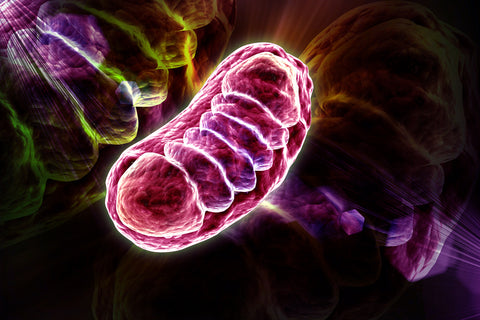
Chronic obstructive pulmonary disease (COPD) has often been linked to smoking cigarettes as well as long-term contact with second-hand smoke, chemicals, air pollution, and dust fumes. However, recent research from Weill Cornell Medical College suggests that along with polluted air and cigarette smoking, a genetic predisposition linked to excess iron in the lungs may exacerbate some people's susceptibility to COPD.
The iron-responsive element-binding protein 2 (IRP2) is a gene known to regulate iron uptake in the body's cells. The Weill Cornell Medical College study examined two groups of mice-one group that expressed the gene IRP2 and one group that didn't. When exposed to cigarette smoke, the group of mice that expressed IRP2 began to develop the standard symptoms of COPD, first inflammation in the lungs followed by emphysema. The group that did not express the gene did not present symptoms of COPD after being exposed to cigarette smoke.
Researchers examined closely the lungs of the IRP2 mice that showed symptoms of COPD. They found that there was an excess of iron in the cells of the mice's lungs, especially in the mitochondria. The mitochondria of a cell are responsible for the processes of energy and respiration. The iron levels in cells function with a critical yet fragile balance. A surplus of iron in the mitochondria wears down on the cell's functioning and can precipitate inflammation and harm to the lung's air sacs and the cells that line the airways.

Yet this significant study found more than just a potential genetic predisposition towards COPD; the researchers administered deveriprone (DRP) to treat the mice's COPD and found that DRP prevented and reversed lung inflammation. DRP is an orally administered drug approved by the Food and Drug Administration to treat the blood iron disorder, thalassemia. DRP binds to the excess iron in cells and relocates it to other cells throughout the body that lack iron. DRP helped balanced out the iron levels in the cells of the mice.
This compelling study suggests significant findings regarding the treatment, prevention, and conceivable cure for COPD. Although IRP2 and excess iron are linked to symptoms of COPD, the oral medication, DRP, posits strong potential in prevention and perhaps reversal of such symptoms. Researchers out of Weill Cornell Medical College are looking to build upon this analysis to assess the possibility that DRP could be an option in future COPD treatment.
In the meantime, actions such as smoking cessation, oxygen therapy, and other medications are shown to help ease COPD symptoms. Speak with a reliable doctor if you have excess iron in your cells or IRP2 to learn more about how your COPD may have developed and could be treated further.
{{cta('b59df0c1-c4de-47a8-8e1c-0d33d4b414aa','justifycenter')}}
Works Referenced:
http://www.rtmagazine.com/2016/03/excessive-iron-buildup-in-lungs-may-be-cause-copd/
https://news.weill.cornell.edu/news/2016/03/excessive-iron-in-the-lung-implicated-in-copd
https://oxygenworldwide.com/news/articles-and-information/721-iron-could-be-the-leading-cause-of-copd-and-its-symptoms.html
http://www.mayoclinic.org/diseases-conditions/copd/diagnosis-treatment/treatment/txc-20204923

